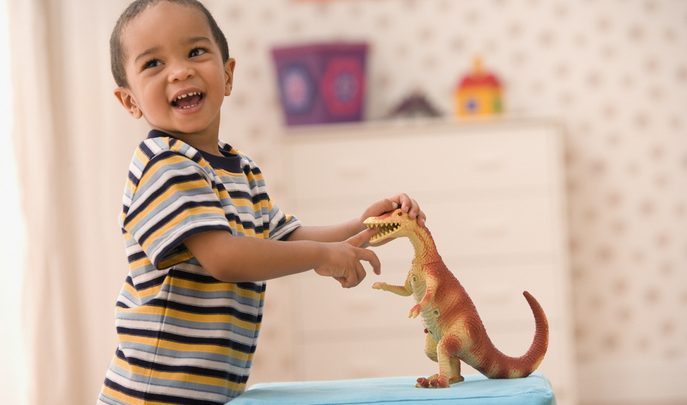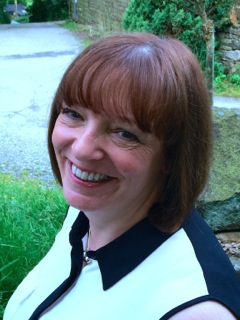Here Be Monsters? – What All Teachers Can Learn From Early Years Practitioners

Nursery and Reception might seem like the Lost World to the rest of us, but the best Foundation Stage classrooms are home to some truly inspiring teaching, says Julie Price-Grimshaw…

First, a confession – I used to avoid going anywhere near the early years, and was slightly uneasy about Key Stage 1.
When one of my colleagues asked about my ‘problem’ with early years, I said, “I just don’t want to teach in any classroom that’s got a spare underwear cupboard.” In truth, I was scared because I believed that early years teaching was something that required a special set of skills, and felt that I didn’t possess these skills myself.
I wasn’t alone. Once, when I was leading an inspection, I asked my colleague to come with me to the early years unit, where we saw children playing with piles of jelly on one table and cooked spaghetti on another. He looked on with horror and said, “I’d rather deal with a bunch of Year 9 deviants!”
I maintain my belief that working with children in the early years requires a special skill set – however, I also believe that not only can all practitioners develop some of those skills, but that the great majority of teachers would benefit from looking closely at high-quality teaching and learning in the early years. It is truly fascinating. Now, when visiting a school, I can’t wait to go into the early years classrooms.
A perfect situation
My change in attitude came about because I was seeing some strategies that didn’t seem to work. Many teachers were told that the single most important thing was to ‘Share the learning objective at the beginning of the lesson’, and some believed that if this wasn’t done then the learning simply wouldn’t happen.
What I saw was pupils switching off as teachers read out objectives, some of which were very difficult to understand. Teachers would then get frustrated if the learning didn’t progress as they wanted. They’d told the pupils what they were learning – wasn’t that enough?
Well, no – because telling pupils what you want them to learn doesn’t guarantee anything. One day, I found myself inspecting a school where everything in Years 1 to 6 was built on sharing and copying learning objectives. Unfortunately, it wasn’t working particularly well. I went to the early years unit and what I saw took my breath away.
The staff had frozen toy dinosaurs in blocks of ice and then placed them in a landscaped dry aquarium. Children, dressed as ‘explorers’, were watching the ice melt, revealing the dinosaurs. They made notes in their notebooks. They talked about what they were seeing and asked lots of questions.
Skilled staff had set up a perfect situation that led to exceptionally high-quality learning. It was no surprise that children in the early years made outstanding progress.
Knowing when to lead – and when to step back
Early years staff tell me that in recent years, they’ve felt bogged down by various framework changes and assessment requirements. Nevertheless, I often find that the early years is the place to go if I want to see great learning. I never cease to be amazed by the ingenuity of early years practitioners in creating situations that generate a genuine appetite for learning.
Just before the summer break this year, I watched as a group of 4-year-olds played with a large water container with a tap, working out that the tap ceased to work when the water dropped below a particular level. Their conversations were enthralling.
Watching a little girl playing with a doll’s house and making up wonderful stories about her characters was a further joy – especially since it reminded me of my own favourite activity as a child. Whatever is imposed upon us, this creativity that fosters a real passion for learning must never be lost. In fact, I would like to see many of these strategies replicated in classrooms from Year 1 to Year 11 and beyond.
The most skilled early years practitioners know exactly when to lead and when to step back. They know what questions to ask and how to answer children’s questions in such as way that it leads to more learning. And importantly, they never undervalue the power of creativity and imagination. I recently heard the author Skye Byrne say, “I believe that imagination is intelligence.” I know that many of you will relate to that. I’m already looking forward to my next early years visit.
Julie Price Grimshaw is a teacher, teacher trainer, and education consultant; her book, Self-propelled learning and effective teaching: Inspiring lifelong learners, is available via Amazon. For more information, visit selfpropelledlearning.co.uk or follow @julespg












